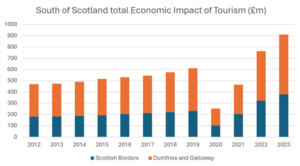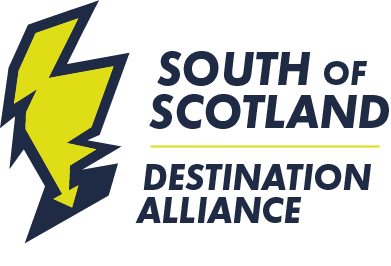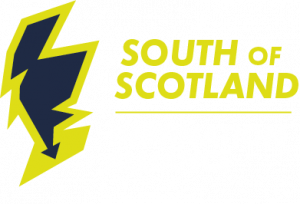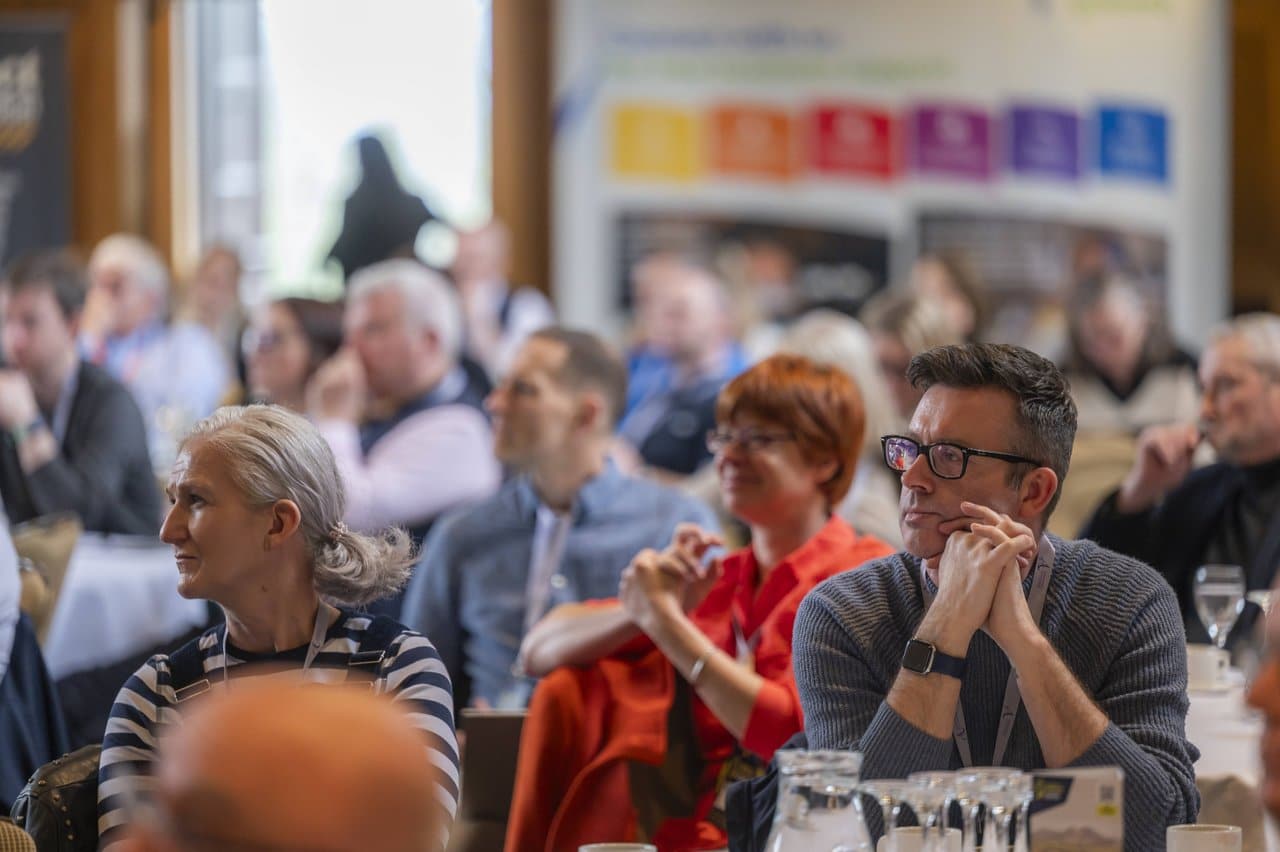
The latest STEAM (Scottish tourism economic impact modelling) data has been released for the South of Scotland, covering the year 2023, and it shows an incredible 20% increase in the size of our visitor economy, rising by £149m to £911 million, and a 14% increase in the total number of jobs, to 15,652.
Download the Scottish Borders STEAM report 2012-2023.
Download the Dumfries and Galloway STEAM report 2012-2023.
Key headlines:
- Increased direct economic benefit from tourism by 20%, from £762m in 2022 to £911m in 2023
- Increase the total employment by 14%, from 13,759 to 15,652
- Increased visitor days by 11%, from 10.96m to 9.88m
- Increased visitor numbers by 26%, from 4.128m to 5.191m
STEAM data is collected for every local authority and National Park in Scotland, by Global Tourism Solutions (GTS UK), an independent tourism research company with more than thirty years’ experience. The STEAM model provides both the public and private sectors with estimates of the annual value, volume and economic impact of tourism, broken down into multiple categories, for any defined geographic area.
Both D&G Council and Scottish Borders Council pay for STEAM data to assess progress with the visitor economy and they kindly then share this data with the SSDA, giving permission for us to make this data publicly available for local businesses to use.
We recommend members download the relevant data from their local authority using the above links and explore the STEAM data themselves. Following these links, you are able to view a wide range of different data across ten different dashboards: comparative headlines, economic impact, visitor numbers, visitor days, employment supported, key measures, sectoral analysis, annual impact distribution by visitor type, and accommodation supply by type of establishment.
You can create tailored graphs based on exactly what data you want, with historic comparisons back to 2012, either indexed (inflation adjusted) or not.
David Hope-Jones OBE, SSDA Chief Executive said:
“The 2022 STEAM data we received last year showed that we had hit our five-year Covid-recovery target (of having a £750m visitor economy by 2025) two and half years early. It’s genuinely remarkable the extent to which the South of Scotland has continued to build on this success; with a £150m (20%) increase in economic impact and a 14% increase in employment from 2022 to 2023.
“To put this in context, our hugely ambitious 2024-34 Responsible Tourism Strategy needs a 8.7% annual compound growth rate for us to hit our target of growing our visitor economy by £1bn by 2034. This first year we have a growth rate of 20%.
“We pay tribute to the huge number of inspiring businesses who are behind this regional success.
“We recognise that no data is perfect and, although independently collected by some of the most respected experts, we must take all data with a pinch of salt. There are plenty of businesses that are not feeling this success and we recognise that growth is not evenly spread across the South of Scotland.
“Therefore, while hugely excited and encouraged by the hugely positive data, it serves to only redouble our efforts to sell the South of Scotland as a responsible destination and to support the businesses, enterprises and communities that make up our visitor economy.”
STEAM data has the advantage that it has been collected in the same way, in all parts of Scotland, for several years. It therefore offers really insightful longitudinal and geographic comparisons. But we recognise that it is not perfect (not least because of the time it takes to collect and share STEAM data) and hence we do not want to be overly reliant on one data source.
The SSDA, with SOSE, both Councils and Visit Scotland, is therefore looking at what different independent data we can most usefully collect and share with businesses to support their decision-making and assess the impact of our marketing work.
Through August 2024 we are inviting businesses in the South of Scotland to complete this short survey to let us know exactly what data would be most useful for you (deadline end of August). By the autumn we will have purchased completely new data systems to allow businesses to be able to access live, local, real data on bookings, occupancy, price and spend.’
